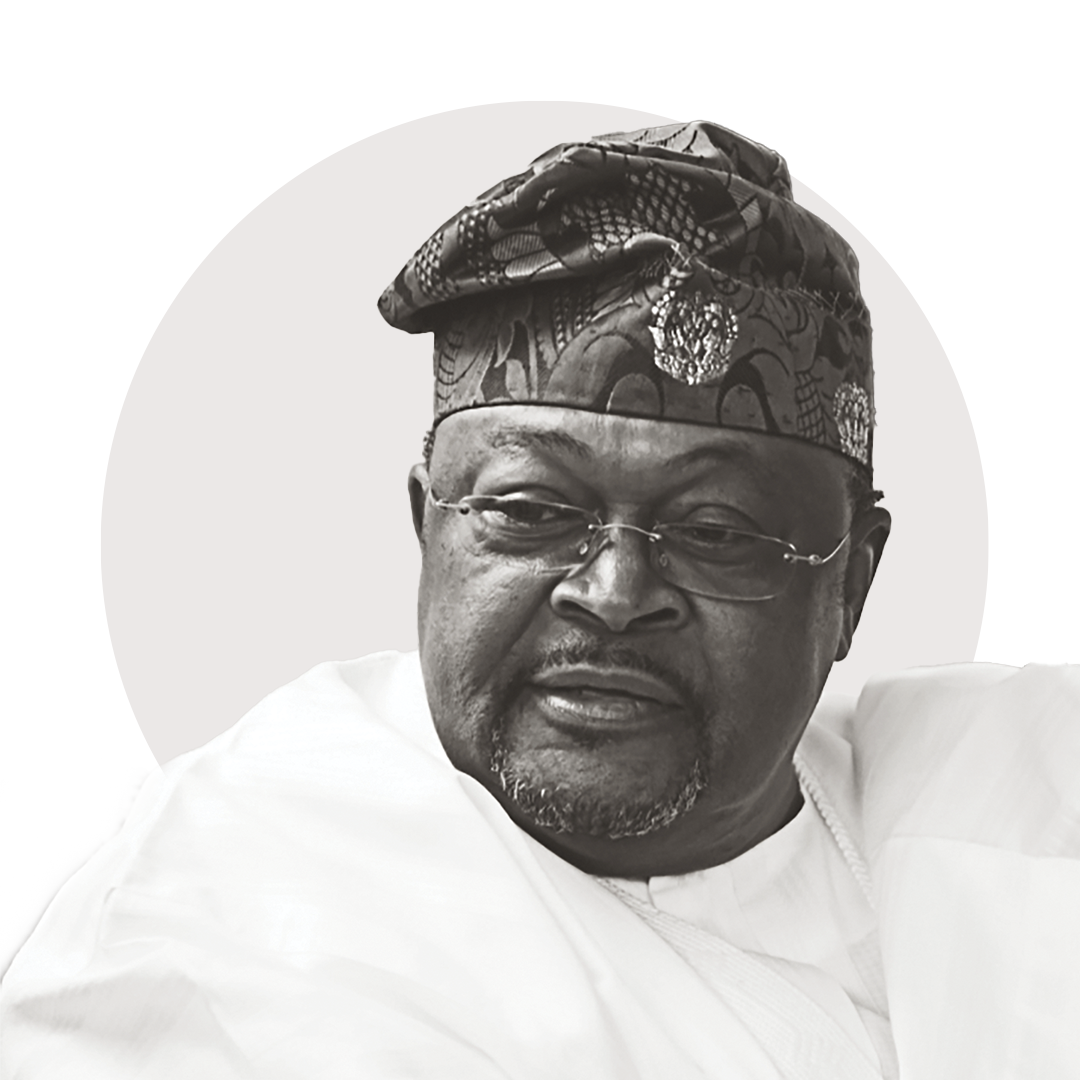Apple’s iPhone sales have dropped in recent quarters, particularly in China, where cheaper rivals Huawei Technologies and Xiaomi have gained traction. Smartphone revenue fell 17% for the latest three months to $31 billion, but the stock jumped 5% on the results. One big reason: record-high services revenue.
The company’s services division includes its App Store, Apple Pay, iTunes, cloud services and more. It is now the second biggest segment for Apple after the iPhone, with revenue of $37 billion in 2018, and Morgan Stanley expects it to top $100 billion in 2023. The projected growth speaks to the power of the Apple brand.
Click here for the full list of The World’s Most Valuable Brands
Apple tops Forbes’ annual look at the world’s most valuable brands for the ninth straight time. The brand of the tech giant is worth $205.5 billion, up 12% over last year. It is the first time a brand crossed the $200 billion threshold.
Apple has made an art form of moving its customer base from one product category to another. Mac users adopted the iPod, followed by the iPhone, iPad and Apple Watch. Customers trust the brand will work seamlessly across all categories in the Apple ecosystem, which has helped make the Cupertino, California-based company the most valuable in the world. Services is the next frontier for the company and brand.
Loading...
While Apple maintains its spot at the top, Google is closing fast with a value of $167.7 billion, up 23%. The Apple brand was worth more than twice as much as the ubiquitous search brand just four years ago.
READ MORE | The World’s Most Reputable CEOs 2019
Google has cornered the global search engine market with a 92% share over the past 12 months, according to StatCounter (Bing, 2.6%, and Yahoo, 1.9%, are miles behind). Like Apple, Google has used its brand to move into other categories of consumers’ everyday life from email to Web browsing to maps to cloud storage.
While many global consumer brands struggle with the changing habits of their customers, the biggest tech brands continue to be juggernauts. Microsoft ($123.5 billion) and Amazon ($97 billion) round out the top four and both jumped more than 20% in value.
One tech brand that was dinged over the past 12 months is Facebook, which ranks fifth overall. It was the only brand in the top ten to fall in value, to an estimated $88.9 billion, down 6% from last year. The number of active Facebook users reached 2.4 billion this year, but the social media brand has been hampered by concerns around data protection, privacy policies and fake news.
Coca-Cola is the top brand outside of tech, with a value of $59.2 billion, up 3%, and ranked sixth overall.
Brands: By The Numbers
The 100 most valuable brands are worth a cumulative $2.33 trillion, up 8% over last year. Tech brands were the top gainers, led by e-commerce giant Amazon, up 37% to $97 billion. Other big winners: Netflix (+34%), Google (+27%) and Adobe (+27%). H&M had the biggest fall, down 12% to $11.5 billion. The Swedish retailer has struggled and cut prices last year on clothing to clear excess inventory. More than 20 brands declined in value, including ESPN (-10%), GE (-8%) and Hyundai (-8%).
U.S. companies landed 56 brands among the top 100, as well as 80% of the top 10. Germany (11 brands), France (7) and Japan (6) were the next most prolific countries of origin. Brands from 16 countries made the final cut.
In addition to the proliferation of tech brands (20 of the top 100), financial services (13), automotive (11), consumer packaged goods (10) and retail (8) were the most common industries.
Methodology
We began with a universe of more than 200 global brands, which include both corporate and product brands. We required brands to have more than a token presence in the U.S., which eliminated some large brands like multinational telecom firm Vodafone and Chinese e-commerce behemoth Alibaba.
Our first step in valuing the brands was to determine revenue and earnings before interest and taxes for each one. We gathered these from company reports, Wall Street research and industry experts. Forbes averaged earnings before interest and taxes (EBIT) over the past three years and subtracted from earnings a charge of 8% of the brand’s capital employed, figuring a generic brand should be able to earn at least 8% on this capital.
Forbes applied the corporate tax rate in the parent company’s home country to that net earnings figure. Next, we allocated a percentage of those earnings to the brand based on the role brands play in each industry. Brands are crucial when it comes to beverages and luxury goods, but less so with airlines and fuel, when price and convenience are more important.
To this net brand earnings number, we applied the average price-to-earnings multiple over the past three years to arrive at the final brand value. For privately held outfits we applied earnings multiples for comparable public companies.
-Kurt Badenhausen; Forbes Staff
Loading...





















